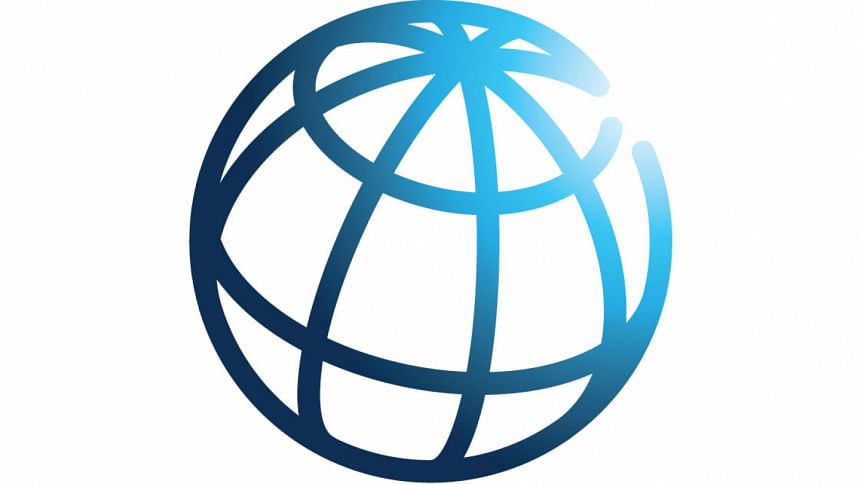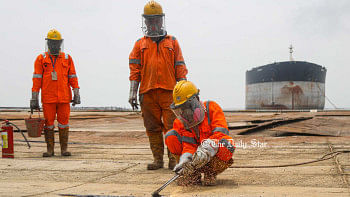Bangladesh needs to invest $7.8 billion more for safer roads: WB

Bangladesh needs to invest an estimated additional $7.8 billion over the next decade to bring down its road crash fatalities to half, according to a new World Bank report.
The report titled "Delivering Road Safety in Bangladesh" was released yesterday in conjunction with the Third Global Ministerial Conference on Road Safety in Stockholm, WB said in a statement today.
According to the report, the high death rate on Bangladesh's roads is caused by chronic lack of investment in systemic, targeted, and sustained road safety programmes.
The report also identified relevant investment priorities to reverse the trend.
The new WB report is part of a broader study on road safety in South Asia's eastern subregion, comprising Bangladesh, Bhutan, India, and Nepal, which accounts for an estimated 86 per cent of South Asia's population, 92 per cent of its vehicles, and 87 per cent of its road crash fatalities.
It called for regional measures to make roads and vehicles safer through making national-level actions a top priority.
"Years of rapid economic growth in South Asia, followed by a steep rise in vehicle ownership have led to mounting traffic deaths and contributed to lost economic opportunities," said World Bank Vice President for South Asia Hartwig Schafer.
"South Asia's road safety crisis is unacceptable but preventable. The good news is that South Asian countries recognise the urgent need to protect their people, save lives, and sustain their journey toward greater prosperity. We at the World Bank stand ready to support their efforts," Schafer said.
Annual road crash deaths per capita in Bangladesh are twice the average rate for high-income countries and five times that of the best performing countries in the world, according to the report.
It highlighted that children and working age population are most affected by injuries sustained in road accidents in Bangladesh.
In 2017, road accidents became the fourth leading cause of death for children. In 1990, it was the ninth leading cause of death for children.
The report also called for a new focus on safe road infrastructure design that meets the needs of all road users and vehicle types - animals, pedestrians, bicycles, rickshaws, motorcycles, motorised three-wheelers, cars, minibuses, buses, mini trucks, trucks, and agricultural vehicles.
A human-centred, rather than a purely vehicle-centred focus is required, with a rebalancing of "right-of-place" and "right-of-way" road functions, it said.
"For Bangladesh, improving road safety is a national development priority, which will help the country boost economic growth," said Mercy Tembon, WB country director for Bangladesh and Bhutan.
The report stressed the need to focus on regional trade corridors where accidents are significant, and roads are unsafe.
To better monitor the effectiveness of road safety efforts, the report suggested the South Asian countries for a shared regional initiative to harmonise crash data management and analysis systems, and also to join the proposed regional road safety observatory for Asia and the Pacific.

 For all latest news, follow The Daily Star's Google News channel.
For all latest news, follow The Daily Star's Google News channel. 



Comments